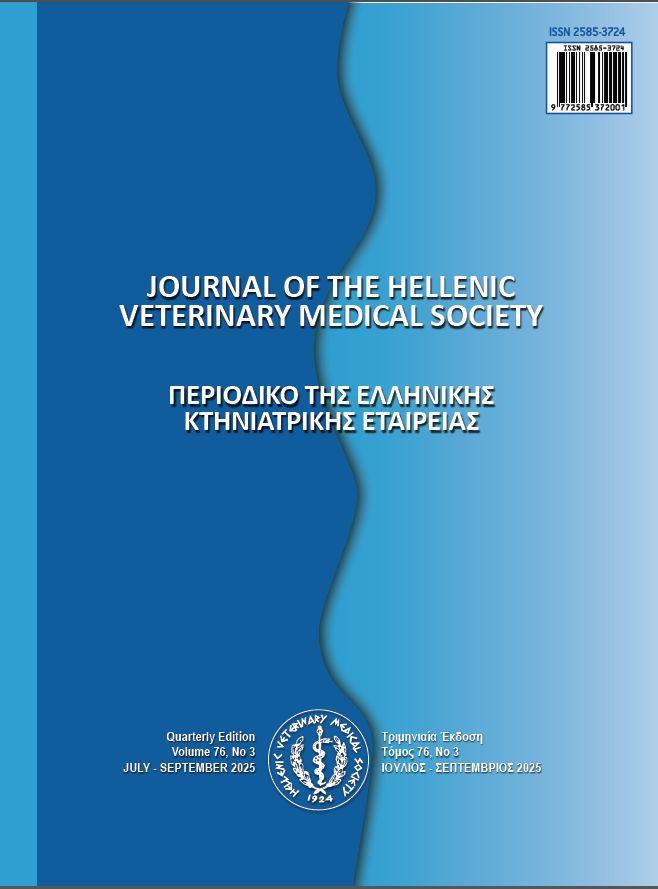Exploring Temporal Patterns of American Foulbrood Disease in Türkiye Through the Seasonal-Trend Decomposition (STL) Method
Résumé
American Foulbrood (AFB), a highly dangerous and fatal disease of honey bees, is accountable for significant economic losses in harvesting of honey. This study analyzes temporal changes in reported numbers of AFB outbreaks and cases using a new analytical tool, STL decomposition. Time-series analyses were carried out using data supplied over an 18-year period beginning in January 2005 to uncover trends and the existence of seasonal fluctuations to enable beeking industry strategies to track and manage this significant bee diseases. STL, a seasonal-trend decomposition method developed using locally weighted regression, was used for visual statistical analysis to model the monthly number for AFB outbreaks and cases. To investigate the importance of the seasonality, a logistic regression model was employed. A total of 18483 AFB cases were recorded in Türkiye from January 1, 2005 to December 31, 2022, with a mean of 86 cases per month. STL decomposition demonstrated that the outbreak trend cycle was more flexible, whereas the case trend cycle abruptly rose and fell between 2018 and 2019. The STL decompositon revealed that the highest seasonal peaks of AFB incidence occurred in the spring and summer. This disease was more likely to occur throughout these two seasons (OR = 1.66, 95% CI: 1.16–2.37 and OR = 1.93, 95% CI: 1.36–2.75, respectively, with autumn regarded as reference). These findings can make significant contributions to the fight against the disease, further increasing regional competitiveness in honey production, better use of existing resources and meeting the increasing demand for honey products.
Keywords: American Foulbrood; Honey bee diseases; Seasonal trend; STL method; Time-series analysis.
Article Details
- Comment citer
-
Bayir, T., & Gürcan, İS. (2025). Exploring Temporal Patterns of American Foulbrood Disease in Türkiye Through the Seasonal-Trend Decomposition (STL) Method. Journal of the Hellenic Veterinary Medical Society, 76(3), 9429–9438. https://doi.org/10.12681/jhvms.35614
- Numéro
- Vol. 76 No 3 (2025)
- Rubrique
- Research Articles

Ce travail est disponible sous licence Creative Commons Attribution - Pas d’Utilisation Commerciale 4.0 International.
Authors who publish with this journal agree to the following terms:
· Authors retain copyright and grant the journal right of first publication with the work simultaneously licensed under a Creative Commons Attribution Non-Commercial License that allows others to share the work with an acknowledgement of the work's authorship and initial publication in this journal.
· Authors are able to enter into separate, additional contractual arrangements for the non-exclusive distribution of the journal's published version of the work (e.g. post it to an institutional repository or publish it in a book), with an acknowledgement of its initial publication in this journal.
· Authors are permitted and encouraged to post their work online (preferably in institutional repositories or on their website) prior to and during the submission process, as it can lead to productive exchanges, as well as earlier and greater citation of published work.




